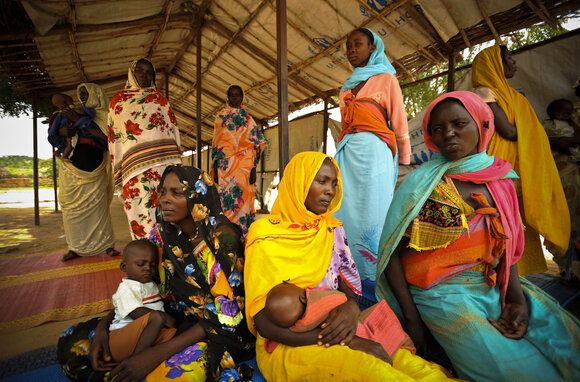
This page contains documents and other resources related to children's care in Africa. Browse resources by region, country, or category. Resources related particularly to North Africa can also be found on the Middle East and North Africa page.
This page contains documents and other resources related to children's care in Africa. Browse resources by region, country, or category. Resources related particularly to North Africa can also be found on the Middle East and North Africa page.
Displaying 1931 - 1940 of 2570
This article highlights the situation that The National Commission for Children (NCC), in Rwanda, is facing as it looks for new ways to address the challenge of integrating orphans who have reached adulthood into foster families. The law does not allow orphans aged 18 and above to stay in orphanages, which government has been phasing out in the last two years.
This research brief provides an overview of an impact evaluation of the “Parents Make the Difference” program, conducted by the International Rescue Committee (IRC) and research partners at Duke University. The “Parents Make the Difference” program is a parenting intervention aimed at promoting the well-being of children in post-conflict Liberia.
This report presents the findings from an evaluation of the “Parents Make a Difference” program, conducted by the International Rescue Committee and research partners at Duke University. The Parents Make a Difference program is an intervention that serves families in post-conflict, Lofa County, Liberia.
This study examines the effect of the presence of a grandmother in the household on the child in 33 Sub-Saharan African countries. The study focuses on the effect the grandmother’s presence has on the child’s educational participation, considering a range of circumstances.
This Strategic Paper, from the Igarapé Institute, reviews emerging capabilities of information and communication technologies (ICTs) to prevent violence against children in the Global South.
The Government of Ghana has established a relatively comprehensive legal framework for child protection, guided by the Constitution and the Children’s Act 1998 (Act 560).
The purpose of this consultancy is to provide technical support and capacity building in support of operationalizing the (soon to be established) Central Authority for Adoptions in Ghana.
This article draws on Promundo and RWAMREC’s programmatic experiences in Rwanda of implementing MenCare+, a gender transformative approach to engaging young and adult men (ages 15–35) in caregiving, maternal, newborn, and child health, and sexual and reproductive health and rights.
This video documents how a child protection model from Malawi works as part of the Integrated (HIV Effect) Mitigation and Positive Action for Community Transformation (IMPACT) program.
This article describes the challenges Ebola suriviers face upon returning to their communites.